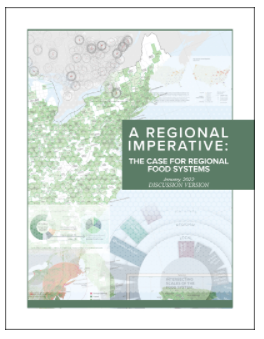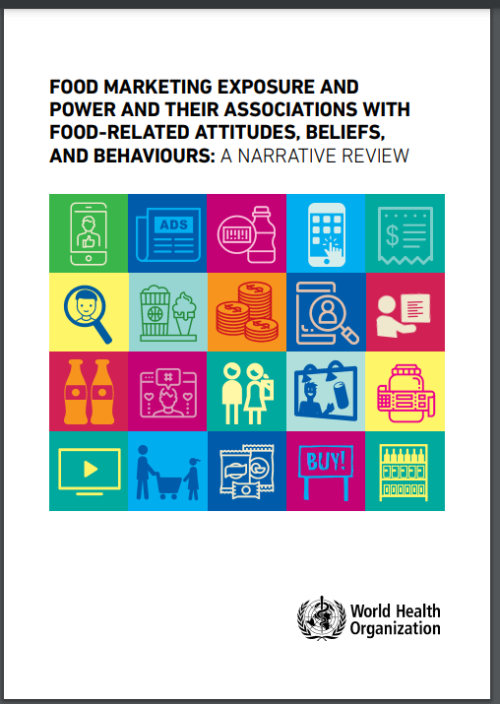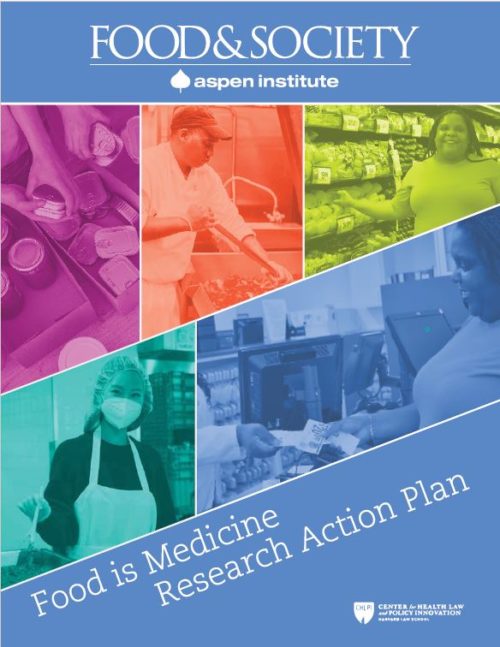Urgent! Recall of infant formula: check those product numbers now
The FDA is advising consumers not to use Similac, Alimentum, or EleCare powdered infant formulas if:
- the first two digits of the code are 22 through 37; and
- the code on the container contains K8, SH or Z2; and
- the expiration date is 4-1-2022 (APR 2022) or later.
The FDA and CDC are investigating.
[They have received] four consumer complaints of infant illness…All of the cases are reported to have consumed powdered infant formula (IF) produced from Abbott Nutrition’s Sturgis, MI facility. These complaints include three reports of Cronobacter sakazakii infections and one report of Salmonella Newport infection in infants. All four cases related to these complaints were hospitalized and Cronobacter may have contributed to a death in one case.
Bill Marler’s Food Poison Journal has more about Cronobacter sakazakii (formerly known as Enterobacter sakazakii) in infant formula.
The FDA reports:
On 2/17/2022, Abbott Nutrition initiated a voluntary recall of certain powdered infant formulas. Products made at the Sturgis facility can be found across the United States and were likely exported to other countries as well. Canadian health officials have also issued a recall warning.
Helena Bottemiller Evich, writing in Politico, is right on top of this situation.
The FDA first received a report of a foodborne illness suspected to be linked to infant formula in September — four months before issuing a recall of three major brands this week after four babies were hospitalized and one died, according to a state agency.
The [recall]…comes after reports of illnesses came to FDA and the Centers for Disease Control and Prevention between September and January. The Minnesota Department of Health investigated a case of an infant who was sickened by Cronobacter sakazakii in September 2021, the state agency told POLITICO.
She also Tweeted:
I’ve gotten a bunch of reports that the formula recall includes these (often unsolicited) packs that formula companies send new parents. So check those, too!
Warning to parents: if you are using any Abbott formula products, check the labels. Do not feed recalled products to your infant.
Comment: Anything wrong with infant formula is a terrible problem because that’s all infants are fed and they are completely dependent on those products. We will have to wait and see why the FDA:
- Did not push Abbott to recall these products four months ago.
- Did not mention the gift pack of formula given to new mothers.
And Bill Marler writes: “I have some questions about the Cronobacter and Salmonella infant formula outbreak: Why are illnesses not universally reportable and why was there a two year gap in FDA inspections at plant?”
Also worrying is that the FDA still does not have the authority to demand immediate recalls of potentially harmful products.
The Food Safety Modernization Act gave the FDA recall authority, but tied its hands.
FSMA’s mandatory recall authority allows the FDA to mandate a recall when a responsible party chooses not to conduct a voluntary recall when the criteria under section 423 of the FD&C Act are met. The FDA can use its mandatory recall authority when the FDA determines that there is a reasonable probability that an article of food is adulterated under section 402 of the FD&C Act and/or misbranded under section 403(w) of the FD&C Act and where there is a reasonable probability that the use of or exposure to such food would cause SAHCODHA.
You will be amused to know that SAHCODHA stands for Serious Adverse Health Consequences or Death to Humans or Animals.




